Climbing Mt Kilimanjaro: Climbing Africa’s Majestic Peak
Are you an adventure enthusiast seeking a thrilling and rewarding challenge? Look no further than Mt Kilimanjaro! Standing majestically on the Tanzanian horizon, this iconic mountain is the tallest peak in Africa, captivating the imagination of explorers and nature lovers alike. In this article, we will delve into the awe-inspiring world of Mt Kilimanjaro, from its geographical location to the best climbing routes, altitude and climate, cultural significance, and essential preparations. So tighten your bootlaces and get ready to embark on an extraordinary journey to the roof of Africa.
Introduction
With its striking snow-capped summit and breathtaking landscapes, Mt Kilimanjaro has long been a magnet for adventurers from around the globe. This dormant volcano rises approximately 5,895 meters (19,341 feet) above sea level, making it the highest freestanding mountain in the world. As you ascend its slopes, you’ll experience a remarkable transformation of environments, from lush rainforests to barren alpine deserts, culminating in a final push through icy glaciers to the legendary Uhuru Peak.
Located in northeastern Tanzania near the border with Kenya, Mt Kilimanjaro is a prominent part of the Kilimanjaro National Park, a UNESCO World Heritage Site. Its three volcanic cones—Kibo, Mawenzi, and Shira—form an awe-inspiring sight against the African sky. Kilimanjaro attracts thousands of climbers each year, seeking to conquer its challenging terrain and witness the awe-inspiring beauty that awaits at its summit.
- Suggested Trek: Mount Kilimanjaro Trek
Geographical Location
Situated just south of the equator, Mt Kilimanjaro enjoys a strategic location in Tanzania. It is approximately 330 kilometers (205 miles) south of the equator and around 80 kilometers (50 miles) northwest of Tanzania’s tourist hub, Moshi. Its proximity to popular wildlife destinations such as the Serengeti and the Ngorongoro Crater offers a unique opportunity to combine a safari experience with an unforgettable climb.
Climbing Routes
Mt Kilimanjaro offers several climbing routes, each presenting its own set of challenges and rewards. The choice of route depends on factors such as scenery preferences, climbing difficulty, and acclimatization considerations. Here are five popular routes:
Marangu Route
Also known as the “Coca-Cola” route, Marangu is the most established and traditional path up the mountain. Its well-maintained huts provide shelter for climbers, and the gradual ascent offers relatively comfortable hiking conditions. However, it is also the busiest route, and accommodation availability can be limited during peak seasons.
Machame Route
The Machame route, often called the “Whiskey” route, is a more challenging alternative that offers breathtaking scenery and varied landscapes. It is a popular choice for adventurers who seek a more immersive experience and enjoy camping in the wilderness. The Machame route is known for its steep sections, making it a thrilling and demanding climb.
Lemosho Route
The Lemosho route is renowned for its scenic beauty and low traffic compared to other routes. This longer and more remote option provides excellent acclimatization opportunities and a diverse range of landscapes. Traverse through lush rainforests, moorlands, and alpine deserts, relishing the natural wonders along the way.
Rongai Route
For those seeking a quieter route with a unique perspective, the Rongai route offers a less crowded and more serene journey. Starting from the northern side of the mountain, this path grants magnificent views of the Kenyan plains. It is a great choice for wildlife enthusiasts as it passes through an area rich in flora and fauna.
Northern Circuit Route
The Northern Circuit route is the newest addition to the Kilimanjaro trail options, providing an extended and less frequented expedition. This route boasts excellent acclimatization and high success rates due to its longer duration, allowing for better adaptation to the altitude. The Northern Circuit showcases breathtaking scenery and offers a chance to explore the untouched northern slopes of Mt Kilimanjaro.
Altitude and Climate
Climbing Mt Kilimanjaro is a unique experience due to the diverse climates encountered during the ascent. The mountain’s altitude contributes to a significant drop in temperature, and climbers can expect a range of weather conditions. At the base, the climate is typically warm and humid, resembling a tropical rainforest. As you ascend, temperatures gradually decrease, and the environment transitions into a moorland, characterized by fog and mist. Higher still, you will reach an alpine desert, where the air is drier and temperatures can be extremely cold, especially at night. Finally, as you approach the summit, you’ll encounter freezing temperatures and icy winds.
Flora and Fauna
Despite the harsh conditions at higher elevations, Mt Kilimanjaro supports a remarkable variety of plant and animal life. The mountain is home to unique species that have adapted to survive in these extreme environments. As you trek through the lower slopes, you’ll encounter dense rainforests teeming with lush vegetation and diverse wildlife. Look out for colobus monkeys, blue monkeys, and a myriad of bird species, including the colorful turacos. As you ascend, the vegetation changes, giving way to moorlands and alpine deserts, where hardy plants such as giant lobelias and groundsel thrive.
Cultural Significance
Mt Kilimanjaro holds profound cultural significance for the local Chagga people, who have lived in its foothills for centuries. The mountain is considered a sacred site and plays a vital role in their traditional beliefs and rituals. Engaging with local guides and porters provides an opportunity to learn about their customs and gain insights into their rich cultural heritage.
Challenges and Preparations
Climbing Mt Kilimanjaro is a physically demanding endeavor that requires careful preparation. While no technical climbing skills are necessary, climbers should be in good physical condition and mentally prepared for the challenges ahead. Adequate training, including cardiovascular exercises, strength training, and endurance building, is recommended. Additionally, it is essential to invest in appropriate gear, such as sturdy hiking boots, thermal clothing, a reliable backpack, and high-quality sleeping bags.
Safety Measures
Safety is paramount when undertaking the climb to Mt Kilimanjaro. It is strongly advised to climb with a reputable guide or tour operator who prioritizes safety protocols. These will provide experienced guides, porters, and a support team to ensure a safe and successful ascent. They will be knowledgeable about the terrain, weather conditions, and potential risks, offering guidance throughout the journey.
It is crucial to listen to your body and be aware of any signs of altitude sickness, such as headaches, nausea, dizziness, or fatigue. Acclimatization is key to avoiding serious health complications. This involves gradually ascending to higher altitudes and taking rest days to allow your body to adjust to the reduced oxygen levels.
To enhance safety, climbers should also adhere to proper hiking etiquette, follow park regulations, and respect the natural environment. Leave no trace behind and be mindful of the fragile ecosystems you encounter. Remember, safety is a shared responsibility, and everyone must contribute to maintaining a secure climbing environment.
Summiting Mt Kilimanjaro
Reaching the summit of Mt Kilimanjaro, the renowned Uhuru Peak, is an awe-inspiring achievement and the ultimate goal for climbers. The final ascent from the high camp is typically undertaken during the night to witness the sunrise from the mountaintop. This demanding climb requires mental determination, physical stamina, and the ability to withstand freezing temperatures and reduced oxygen levels.
As you ascend towards Uhuru Peak, you’ll traverse steep slopes, navigate through glaciers, and overcome the effects of altitude. The sense of accomplishment upon reaching the summit is unparalleled, and the panoramic views stretching across the African plains are a testament to the sheer magnificence of Mt Kilimanjaro.
Health Considerations
Climbing Mt Kilimanjaro is a strenuous activity that can put a significant strain on your body. It is essential to be aware of potential health risks and take necessary precautions. Altitude sickness, also known as acute mountain sickness (AMS), is a common concern. Gradual acclimatization, proper hydration, and listening to your body are crucial to mitigate its effects.
It is advisable to consult with a healthcare professional before attempting the climb, especially if you have pre-existing medical conditions or concerns. They can provide guidance, recommend appropriate medications, and assess your fitness level.
Recommended Gear
Having the right gear can significantly enhance your climbing experience and ensure your safety and comfort. Here are some essential items to consider:
- Sturdy and comfortable hiking boots with ankle support
- Layered clothing for temperature variations
- High-quality thermal base layers
- Insulated and waterproof outerwear
- Warm hat, gloves, and scarf
- Sunglasses with UV protection
- Headlamp and spare batteries
- Water bottles or hydration bladder
- Snacks and energy-rich food
- Trekking poles for stability and balance
- High-altitude sleeping bag and sleeping pad
- First aid kit, including altitude sickness medication
- Sunscreen and lip balm
- Personal toiletries and medication
- Camera or smartphone to capture memories of your journey
Best Time to Climb
Choosing the right time to climb Mt Kilimanjaro is crucial for a successful and enjoyable experience. The mountain can be climbed year-round, but there are two primary climbing seasons:
1- Dry Season (January to mid-March and June to October): These months offer the best weather conditions, with clear skies, less rainfall, and lower humidity. The trails are generally less muddy, making for easier hiking.
2- Wet Season (April to May and November to December): The wet season brings higher chances of rainfall, fog, and lower visibility. Trails can be slippery and muddy, posing additional challenges. However, the mountain is less crowded during these periods, and the landscapes are lush and vibrant.
Consider your preferences, weather conditions, and availability when choosing the best time for your climb.
Environmental Conservation
Preserving the natural beauty and delicate ecosystems of Mt Kilimanjaro is of utmost importance. As climbers, it is our responsibility to minimize our impact on the environment and contribute to its conservation. Here are some practices to follow:
- Leave No Trace: Ensure you leave the mountain as you found it. Dispose of waste properly and carry out any non-biodegradable items.
- Stick to Designated Trails: Stay on marked paths to avoid trampling vegetation and causing erosion. Deviating from the trails can disrupt the fragile ecosystem.
- Respect Wildlife: Observe wildlife from a distance and avoid disturbing or feeding them. Remember, you are a guest in their natural habitat.
- Minimize Noise Pollution: Keep noise to a minimum, allowing fellow climbers to enjoy the tranquility of the mountain and not disturb wildlife.
- Use Sustainable Practices: Conserve water and energy, and choose eco-friendly products when possible. Minimize single-use plastic and pack out any trash.
By practicing responsible and sustainable climbing, we can help preserve Mt Kilimanjaro for future generations to enjoy.
Conclusion
Climbing Mt Kilimanjaro is an extraordinary adventure that combines breathtaking landscapes, physical challenges, and cultural richness. As you embark on this journey, be prepared for an awe-inspiring experience that will test your limits and reward you with memories that will last a lifetime. From the diverse climbing routes to the ever-changing environments and the cultural significance, Mt Kilimanjaro offers a truly unique and remarkable expedition.
Remember to prioritize safety, respect the environment, and take time to appreciate the wonders of nature along the way. Whether you’re an experienced mountaineer or a first-time climber, Mt Kilimanjaro beckons you to conquer its majestic peak and stand on the roof of Africa.
FAQs
1. How long does it take to climb Mt Kilimanjaro?
The duration of the climb varies depending on the route chosen. On average, it takes around 6 to 8 days to complete the ascent and descent.
2. Is climbing Mt Kilimanjaro dangerous?
While climbing Mt Kilimanjaro poses inherent risks, proper preparation, and adherence to safety measures significantly minimize the dangers. Hiring experienced guides and following their advice is crucial for a safe climb.
3. Can beginners climb Mt Kilimanjaro?
While prior hiking and physical fitness are advantageous, beginners can climb Mt Kilimanjaro with the right preparation, training, and determination. Choosing a suitable route and allowing ample time for acclimatization are essential for beginners.
4. Do I need a guide to climb Mt Kilimanjaro?
Climbing Mt Kilimanjaro with a guide is highly recommended. They provide essential knowledge, ensure safety, and contribute to the local economy. A guide’s expertise enhances the overall experience and increases the chances of a successful summit.
5. What is the success rate of summiting Mt Kilimanjaro?
The success rate varies depending on several factors, including the chosen route, climbers’ physical condition, and weather conditions. On average, the success rate ranges from 60% to 85%, with higher success rates on longer routes that allow for better acclimatization.
Now, it’s time to embark on your Kilimanjaro adventure and make memories that will stay with you forever. Climb with passion, respect the mountain, and cherish every step of this remarkable journey.
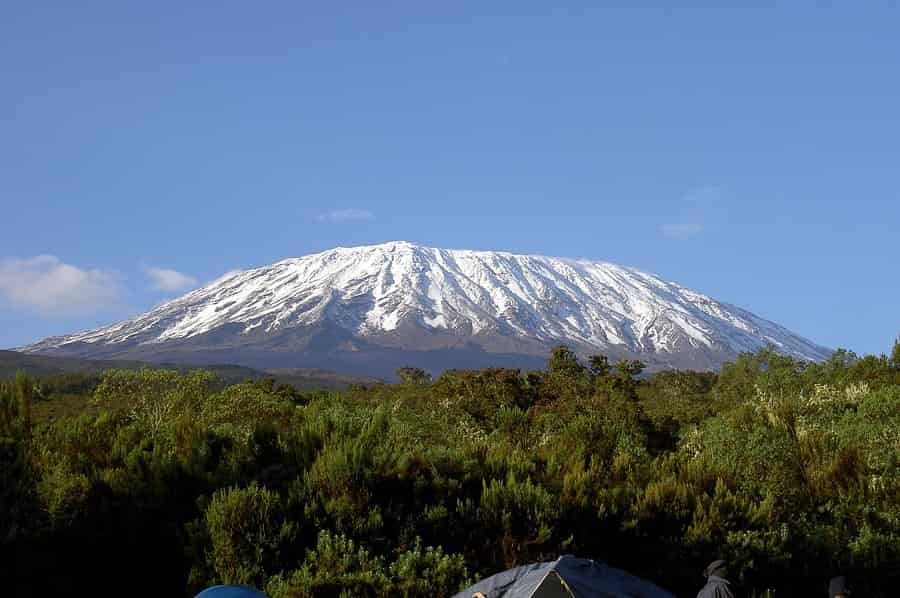
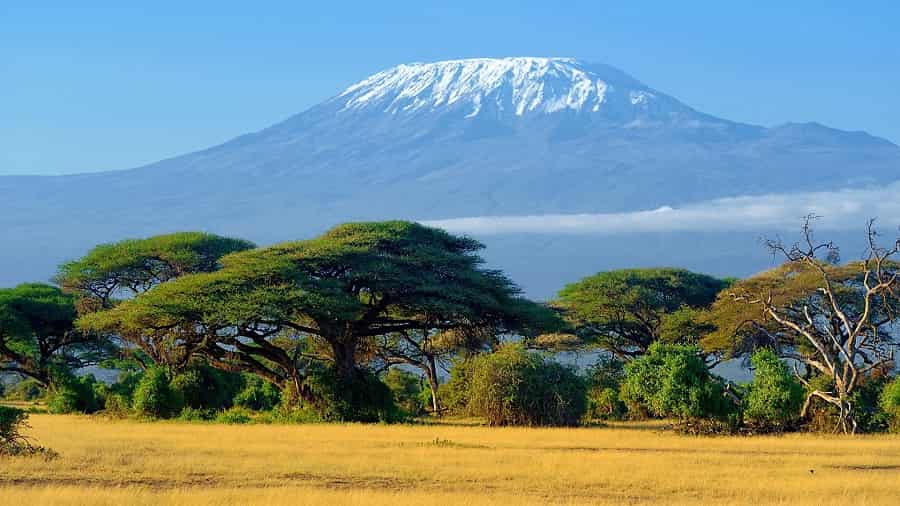
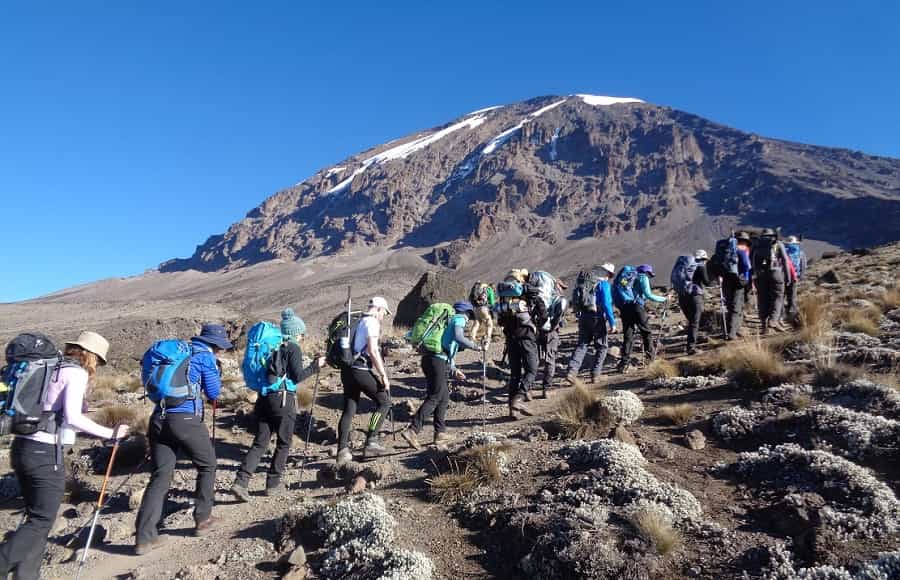
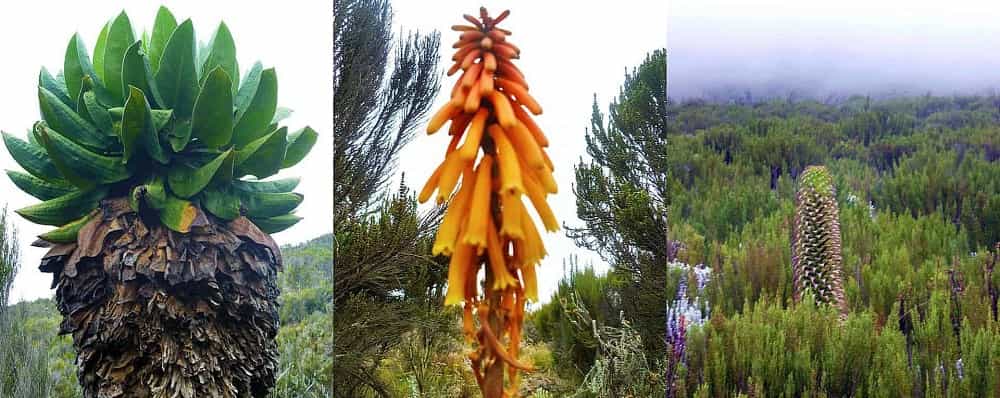
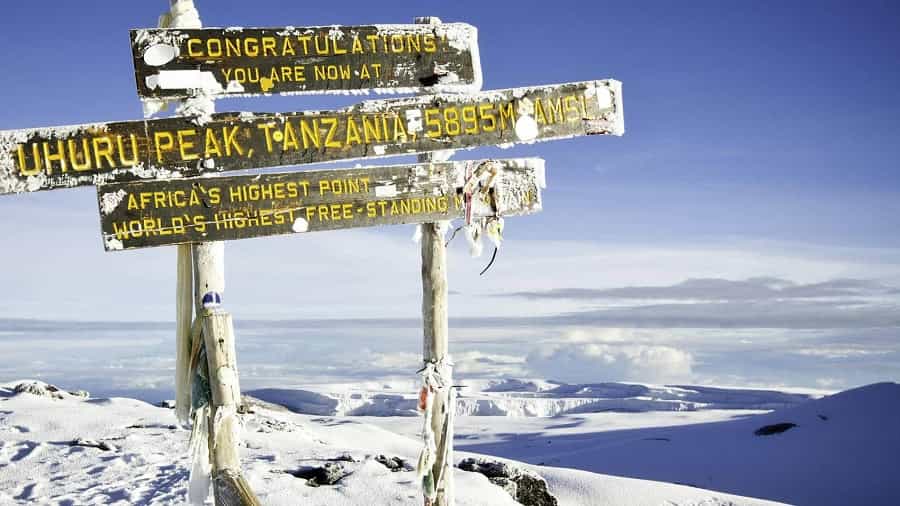
Great guide! It’s clear and helpful, perfect for planning my Kilimanjaro trek. Thanks for the detailed tips and insights.
thanks for the information and amazing picture